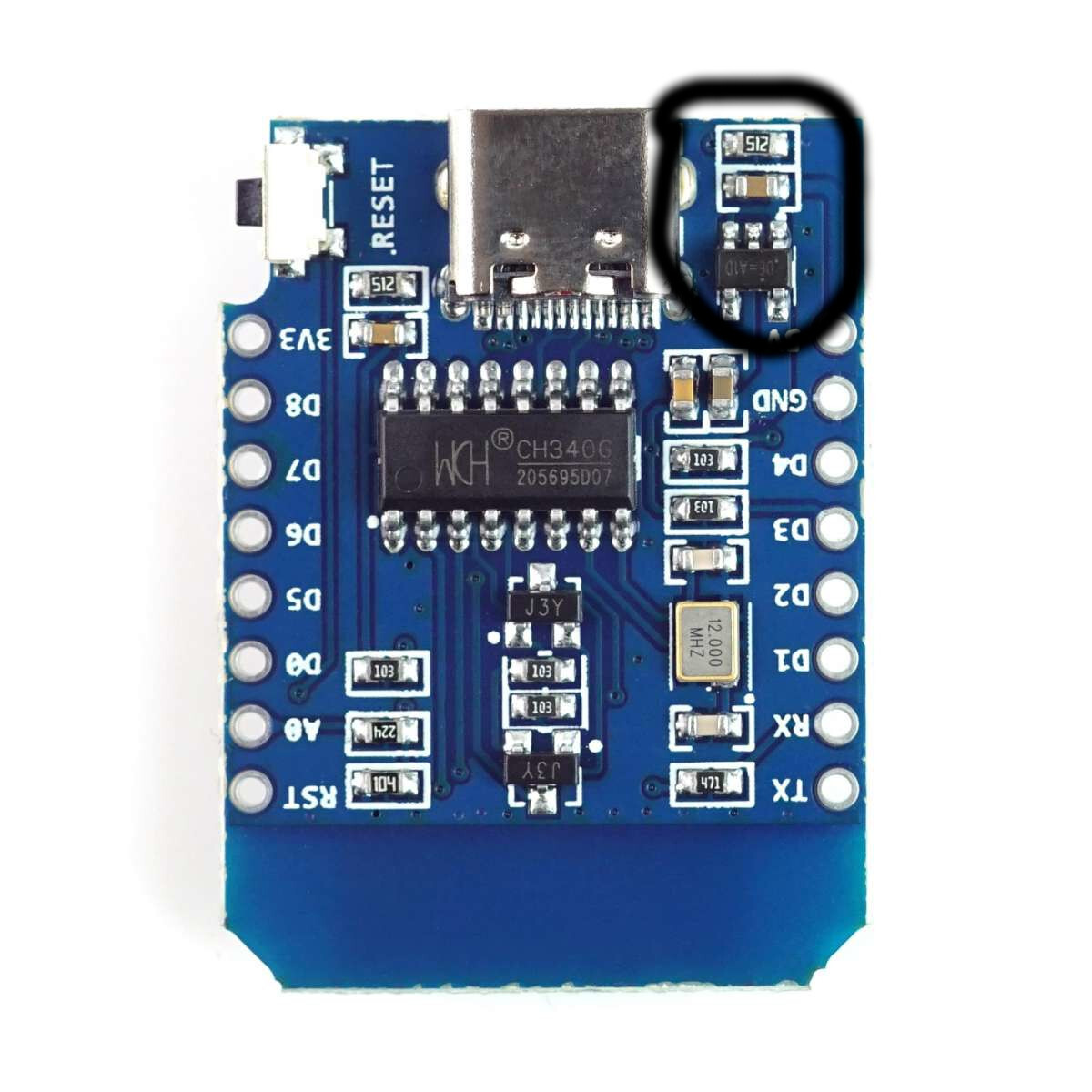this post was submitted on 30 Aug 2024
25 points (96.3% liked)
Ask Electronics
3313 readers
16 users here now
For questions about component-level electronic circuits, tools and equipment.
Rules
1: Be nice.
2: Be on-topic (eg: Electronic, not electrical).
3: No commercial stuff, buying, selling or valuations.
4: Be safe.
founded 1 year ago
MODERATORS
you are viewing a single comment's thread
view the rest of the comments
view the rest of the comments

It helps ensure that levels between 2.5v and 5.5v can be fed to the controller without breaking anything. For some cheaper power supplies you might get a voltage drop when starting to pull load, this will clean that up and prevent the voltage from dropping too low for the microcontroller.
If I'm reading the correct datasheet I can see it is current limiting so it should shutdown when overdrawn.
The voltage regulator is only used to generate the 3.3V supply for the ESP. But OP is using the 5V from the input of the regulator to power the LEDs.
At max it is wasting about 0.7W if the 400mA max current is right. But it will still get hot due to the current draw of the ESP. Even at half of the max. rated current this device is probably 30-40 degrees above your ambient temperature.